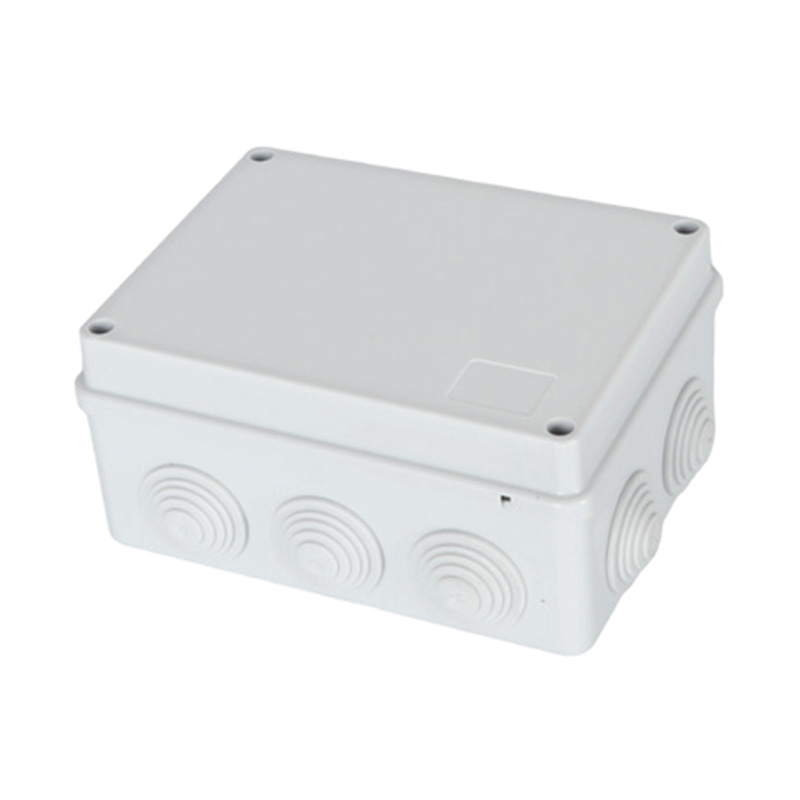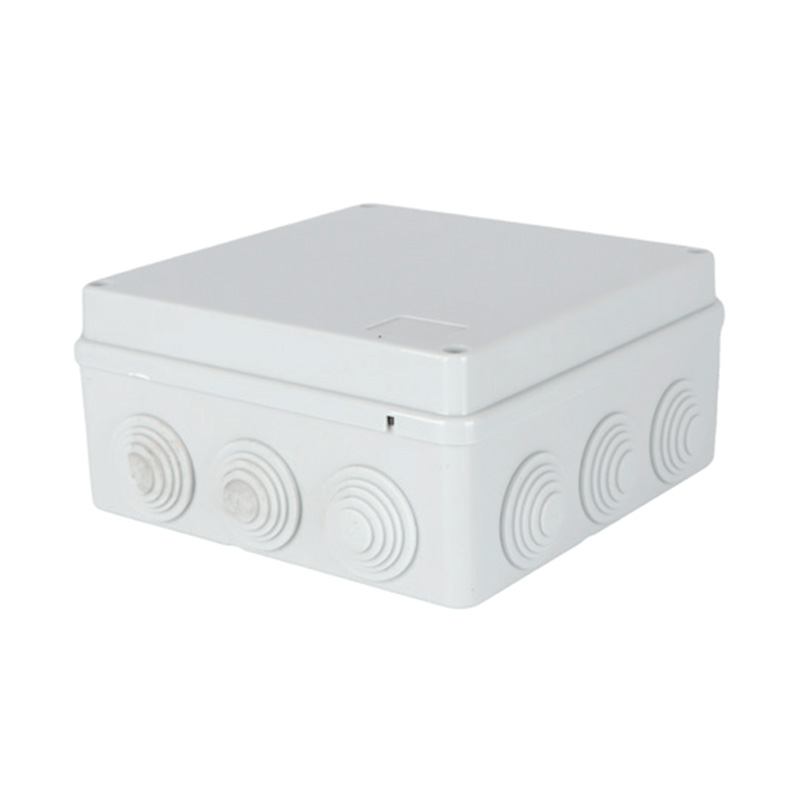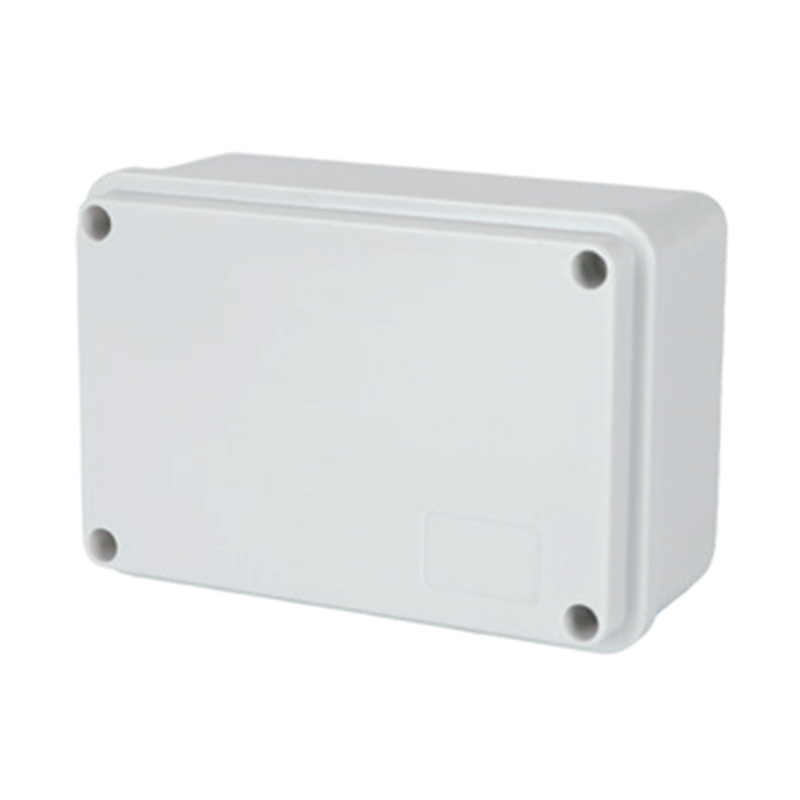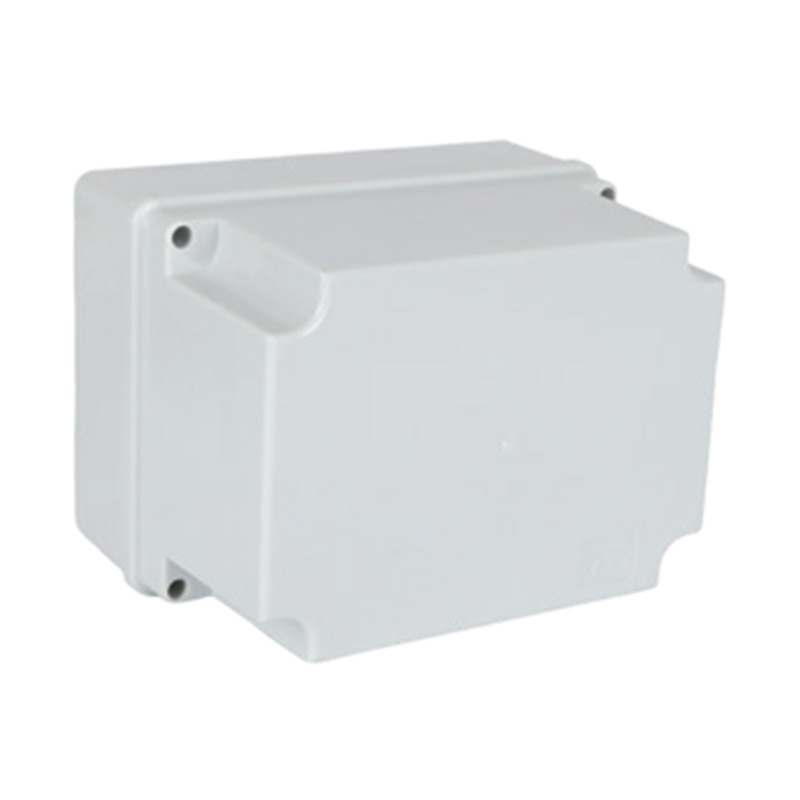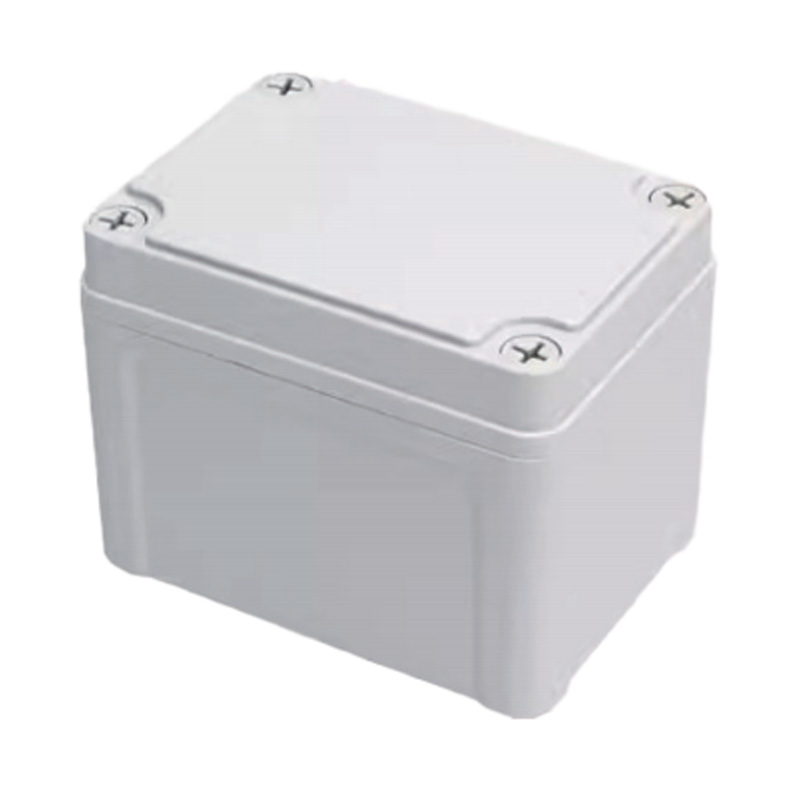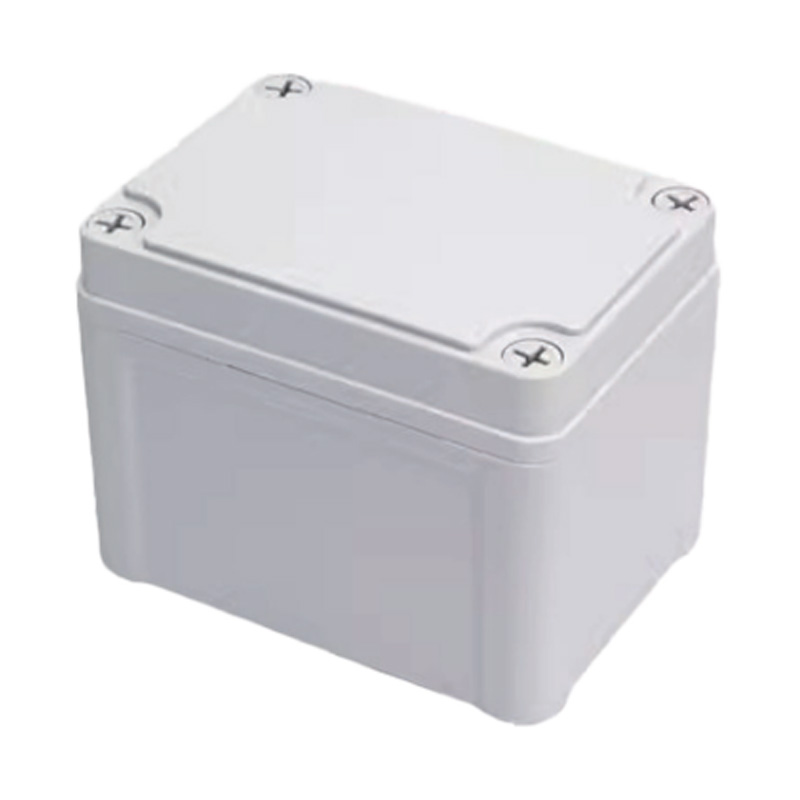What Are Marine, Underwater, and Spiral Cable Glands Made Of?
 2025.09.19
2025.09.19
 Industry news
Industry news
Cable glands are essential components in electrical and industrial systems, providing protection and stability where cables enter enclosures. Depending on the application, the material and design of cable glands vary significantly.

What Materials Are Marine Waterproof Cable Glands Made Of?
Marine waterproof cable glands are specifically designed to withstand harsh maritime environments, including saltwater exposure, humidity, and temperatures.
1. Stainless Steel
Stainless steel is a common choice for marine cable glands due to its corrosion resistance. It maintains structural integrity even in salty or humid conditions, making it ideal for ships, offshore platforms, and docks.
2. Brass
Brass is often used for its durability and ease of machining. Brass glands are typically nickel-plated to enhance resistance to oxidation and corrosion, offering reliable performance in marine applications.
3. High-Quality Plastic (Polyamide or PVC)
Plastic cable glands, made from polyamide or PVC, provide lightweight alternatives with resistance to water and chemical exposure. They are non-conductive and cost-effective, suitable for less demanding marine installations.
4. Rubber or Silicone Seals
Regardless of the outer material, the sealing components are usually made from rubber or silicone. These materials ensure waterproofing and maintain flexibility in fluctuating temperatures.
Marine cable glands combine durability, corrosion resistance, and effective sealing to ensure cables are protected in challenging maritime conditions.
How Do Underwater Cable Glands Ensure Cable Safety and Reliability?
Underwater cable glands are designed for applications such as underwater sensors, submersible pumps, and offshore energy systems. Their primary role is to maintain cable integrity while preventing water ingress.
1. Tight Sealing
Underwater cable glands use advanced sealing mechanisms, such as O-rings or compression seals, to prevent water from entering the enclosure. This protects internal connections and reduces the risk of short circuits.
2. Pressure Resistance
These glands are engineered to withstand significant water pressure, ensuring that cables remain safe even at substantial depths. High-strength materials such as stainless steel or reinforced plastics are often used.
3. Mechanical Stability
Underwater glands secure cables firmly, reducing movement caused by water currents. This stability prevents wear and tear on both the cable and the gland, extending the lifespan of the installation.
4. Material Compatibility
They are made from corrosion-resistant materials suitable for prolonged exposure to water, such as marine-grade stainless steel or high-grade plastics. Seals are designed to maintain elasticity and integrity over time.
5. Easy Maintenance
Many underwater glands allow for inspection and maintenance without dismantling the entire system. This feature improves reliability and reduces downtime.
By combining waterproof sealing, pressure resistance, and mechanical stability, underwater cable glands ensure safe and reliable electrical connections even in submerged environments.
What Is the Role of Spiral Cable Glands in Industrial Electrical Systems?
Spiral cable glands are commonly used in industrial electrical systems to provide flexibility, protection, and organization for cables. They are particularly effective in environments where cables are frequently moved or subject to vibration.
Cable Protection
The spiral design absorbs mechanical stress and prevents damage from bending or twisting. This is essential in machinery, conveyor systems, and robotics, where cables experience continuous motion.
Organization and Routing
Spiral cable glands help organize multiple cables, preventing tangling and ensuring a clean, efficient layout. This simplifies maintenance and reduces the risk of accidental disconnections.
Vibration Resistance
Industrial systems often involve heavy machinery and equipment that generate vibrations. Spiral glands provide a flexible buffer, reducing stress on cable connections and extending their lifespan.
Adaptability
They accommodate a variety of cable diameters and types, including armored and non-armored cables. This makes them versatile for diverse industrial applications.
Safety and Reliability
By protecting cables from mechanical damage, spiral cable glands reduce the risk of electrical faults. They ensure that industrial systems operate smoothly and reliably over long periods.


 English
English 中文简体
中文简体 Español
Español عربى
عربى

